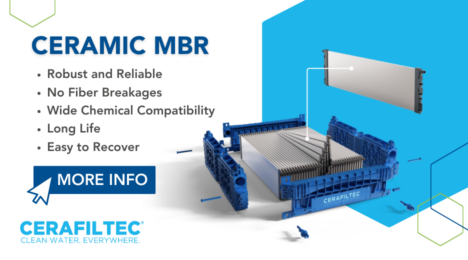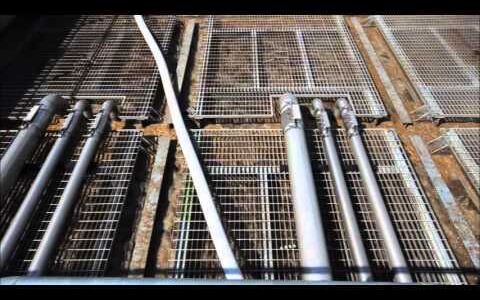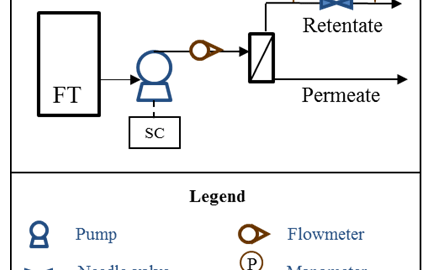MBR hybrids − ain't broke, don't fix it?

Simon Judd has over 35 years’ post-doctorate experience in all aspects of water and wastewater treatment technology, both in academic and industrial R&D. He has (co-)authored six book titles and over 200 peer-reviewed publications in water and wastewater treatment.
There’s something strangely alluring about the word ‘hybrid’. It seems to imply some sort of an improvement over the non-hybrid version. The classic example is the all-pervasive Prius − a masterful and ground-breaking engineering concept and design, as well as being the butt of the only laugh-out-loud joke in the film ‘La La Land’.
But what about MBRs? The MBR itself is a hybrid of biological treatment and membrane separation. Its market penetration has been significant since its commercialisation in the early 90s, with a market compound annual growth rate of anything between 8 and 24% depending on the global region and which published market analysis you choose to believe.
There have been a few attempts at taking the hybrid concept further, at least by some research groups (but not, it appears, by commercial companies). The addition of carriers to the process and/or membrane tanks was first explored over 15 years ago, effectively combining the MBR with another hybrid process, the integrated fixed-film activated sludge process, or IFAS. The displacement of the ultrafiltration/microfiltration membrane with a nanofiltration one has also been explored, achieving softening and partial desalination and biological treatment in a single step. Since this also inevitably leads to both an increase in salinity of the mixed liquor and a pretty significant decrease in membrane permeability, you’d imagine this venture as being rather short-lived.
Perhaps one of the more intriguing developments is the combination of MBR technology with forward osmosis. If you Google ‘recovery of water from draw solution’, you might get some idea as to why the process hasn’t already displaced reverse osmosis as the mainstay of seawater desalination.
Substituting the UF/MF membrane with an FO does nonetheless perhaps make some sense. There is still an increase in salinity of the mixed liquor but the fouling of the membrane is probably less severe than for the NF membrane. This is because of the benign nature of the separation which is not pressure-driven. There remains the issue of the separation of the product water from the draw solution but this challenge is common to all FO purification processes.
Ultimately, though, the key question that all MBR hybrid − or, indeed, any other − technology has to answer is this one: ‘Does it improve things?’. In the case of hybrid cars there is some debate as to whether, over the course of its entire life cycle, the car is or isn’t more detrimental to the environment, and its overall cost effectiveness could be questioned. However, during normal operation it undoubtedly uses less fossil fuel than a regular car, particularly around cities, and has at least in part helped pave the way for electric cars.
For MBR hybrid technologies to be viable they need to offer a material advantage over the two separate technologies. And, of course, there has to be some sort of application for them in the first place. A crucial aspect of the application of MBR−RO for reuse is that, in many cases, not all of the MBR effluent needs desalinating for reuse. So, combining the two makes little sense in such circumstances. Also, quite apart from the loss of flexibility, the overall cost is not necessarily going to be lower simply because two processes have been combined.
There is an ‘ain’t-broke-don’t-fix-it’ element to this debate. It’s not as though there are not constraints or operational challenges with existing MBR technologies − far from it. It’s just that these are not necessarily solved by hybridisation: it’s kind of like buying a ballpoint pen-digital clock combo when you already have a Parker pen and a Rolex.








